PLEASE NOTE: YOUR PLANT MAY BE SUPPLIED CUT BACK
Aconitum carmichaelii ‘Pershore Abbey’
£6.45
Monks hood. An erect perennial with dark green leaves, tall spikes of rich-blue, hooded flowers. Height 90cm. Spread 40cm. Flowers August to September. Part shade. Hardy. CAUTION toxic if eaten/harmful via skin.
Description
Aconitum carmichaelii ‘Pershore Abbey’, also known as Monk’s Hood, is a striking perennial that produces tall spikes of rich-blue, hooded flowers. This hardy plant is perfect for adding a touch of elegance to shaded gardens. Follow this comprehensive guide to ensure your Aconitum carmichaelii ‘Pershore Abbey’ flourishes.
PLANT and AFTERCARE GUIDE
Best Planting Time
- Spring: The ideal time to plant Aconitum carmichaelii ‘Pershore Abbey’ is in spring after the last frosts. Planting in spring allows the roots to establish before the flowering season begins.
- Autumn: Alternatively, you can plant in early autumn. This gives the plant time to settle into the ground before the colder months, ensuring a healthy start for the following year.
Site Selection
- Sunlight: Aconitum thrives in part shade, making it an excellent choice for woodland gardens or shaded spots. While it can tolerate some sunlight, it prefers cooler, shadier environments.
- Soil: Ensure well-drained, fertile, and humus-rich soil for your Aconitum. The plant is sensitive to waterlogged soil, so good drainage is essential. Improving soil with organic matter like compost helps promote strong growth and vibrant blooms.
Planting Instructions
- Prepare the Hole: When planting Aconitum carmichaelii ‘Pershore Abbey’, dig a hole that is twice the width of the root ball and at the same depth. This provides space for the roots to spread and establish themselves.
- Soil Preparation: Mix organic compost into the soil to increase its fertility and drainage. Aconitum benefits from nutrient-rich soil that supports its tall, sturdy growth.
- Planting: Place the plant in the prepared hole, ensuring that the top of the root ball is level with the surrounding soil. Gently backfill the hole with soil and firm it down to remove air pockets.
- Watering After Planting: Thoroughly water the plant after planting to help settle the soil around the roots. Aconitum enjoys moist, but well-drained soil, so ensure that the area does not become waterlogged.
Watering Requirements
- Growing Season: During the growing season, Aconitum enjoys consistent moisture. Water regularly, but allow the soil to dry out slightly between watering sessions. Avoid letting the plant sit in water, as this can lead to root rot.
- Dormant Season: Once the plant has entered its dormant phase, reduce watering. Water only if the soil becomes too dry, as Aconitum requires minimal moisture during the colder months.
Feeding
- Spring: Apply a balanced fertiliser in spring to help your Aconitum establish itself for the upcoming growing season. This will encourage healthy growth and a strong foundation for flowering.
- Mid-Summer: A light feeding in mid-summer can help support continued flowering and keep the plant robust throughout the blooming season.
Pruning
- Deadheading: Regularly deadhead Aconitum carmichaelii ‘Pershore Abbey’ to remove spent flowers. This practice helps the plant maintain its appearance and encourages further blooms.
- Autumn Pruning: After the last flowers have faded in autumn, cut the plant back to the ground. This prepares it for winter dormancy and supports vigorous regrowth the following spring.
Mulching
- Spring: Apply a layer of mulch around the base of your Aconitum to conserve moisture, suppress weeds, and regulate soil temperature. Organic mulch, like bark chips or compost, works best.
- Winter: In winter, add a thicker layer of mulch to protect the roots from frost and prevent soil heaving. This ensures the plant will come back strong in the spring.
Supporting the Plant
- Staking: While Aconitum carmichaelii ‘Pershore Abbey’ typically has sturdy stems, taller varieties may benefit from staking, particularly in areas prone to strong winds. Staking ensures the flower spikes remain upright and do not flop over.
Final Tips
Aconitum carmichaelii ‘Pershore Abbey’ is a striking and low-maintenance perennial that adds vertical interest to shaded areas in your garden. By providing it with well-drained, fertile soil, and a partly shaded spot, and following this care routine, your Aconitum will reward you with tall, dramatic spikes of blue flowers from August to September. Just remember to handle it with care, as it is toxic if ingested or if skin contact occurs.
Additional information
| Pot Size |
|---|



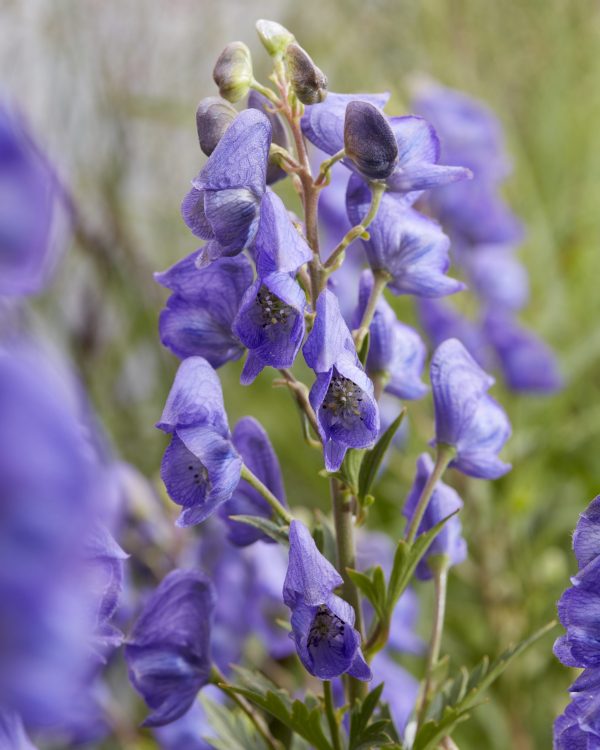
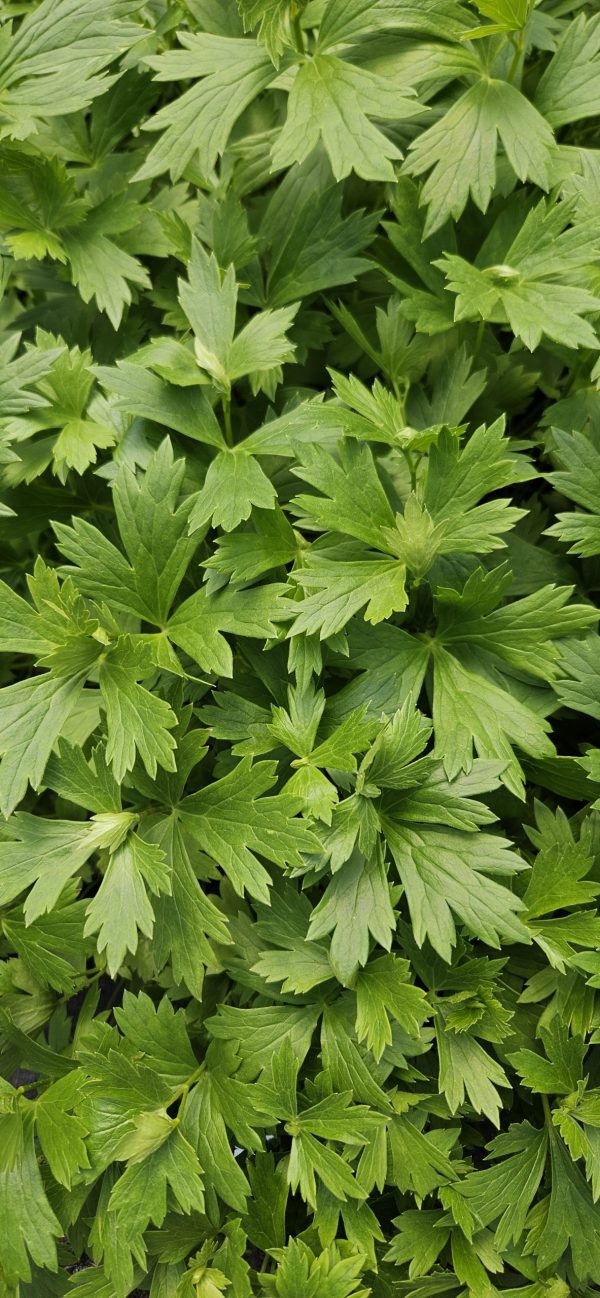
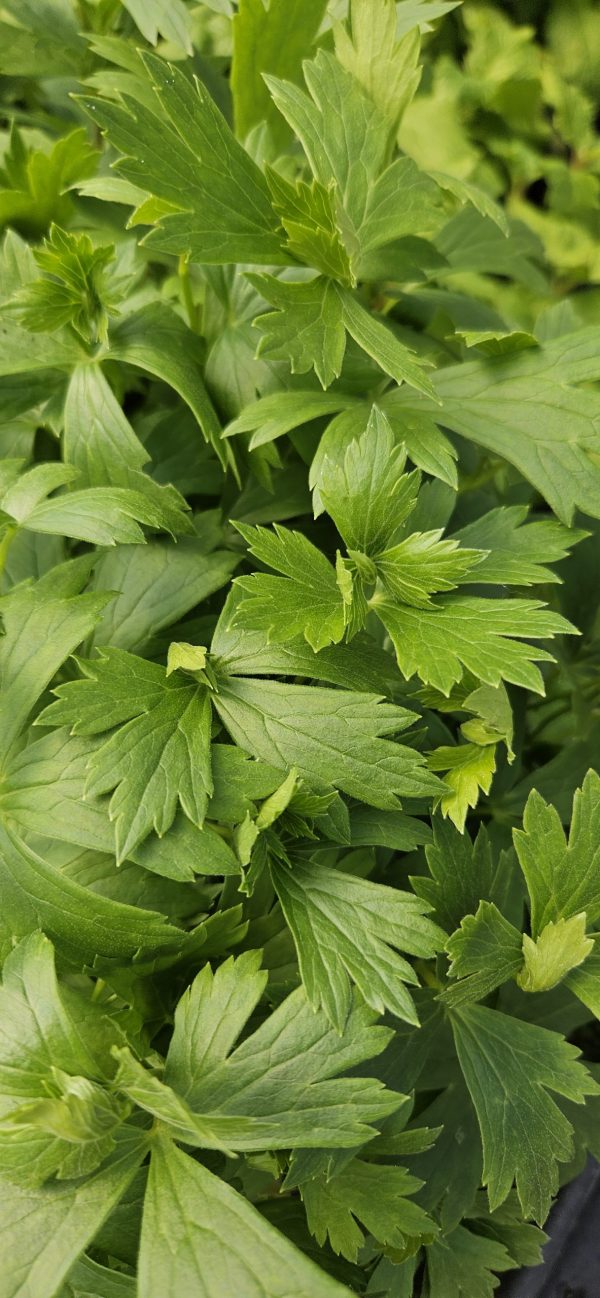
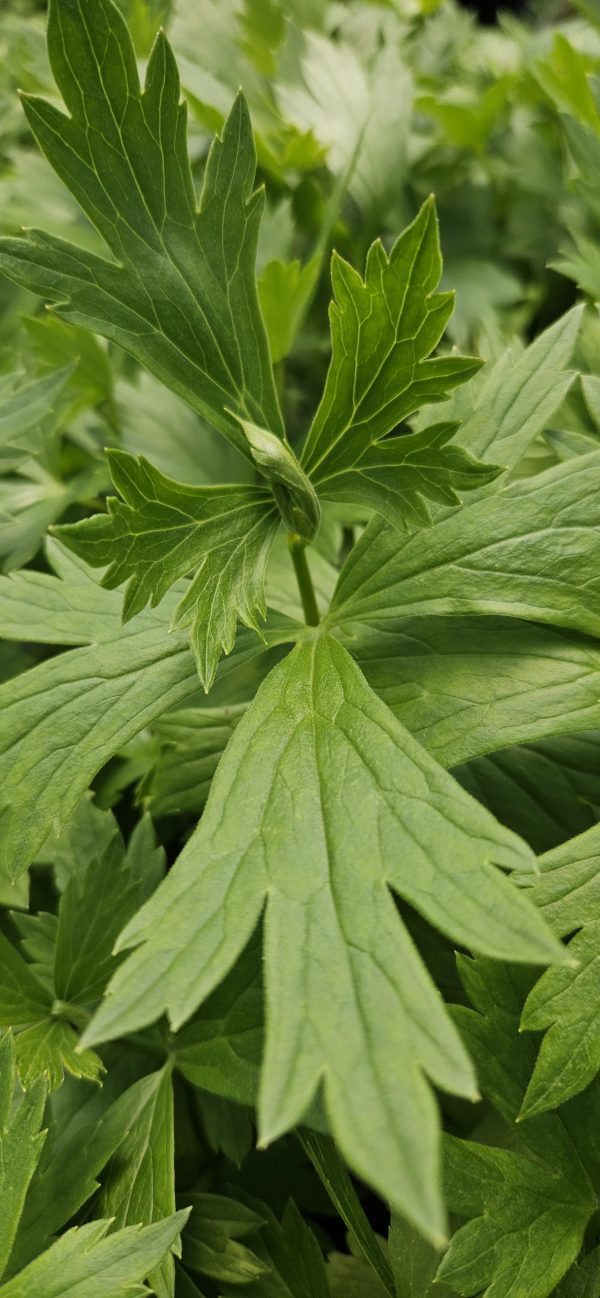
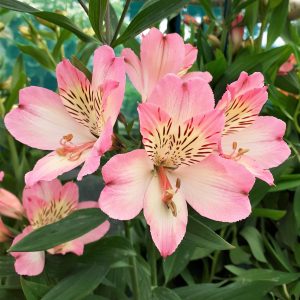

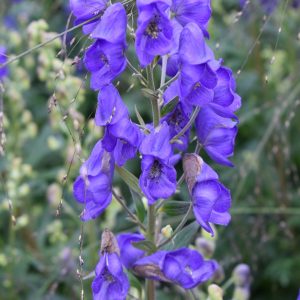
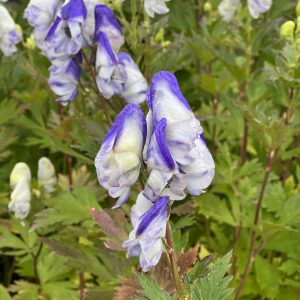
Reviews
There are no reviews yet.